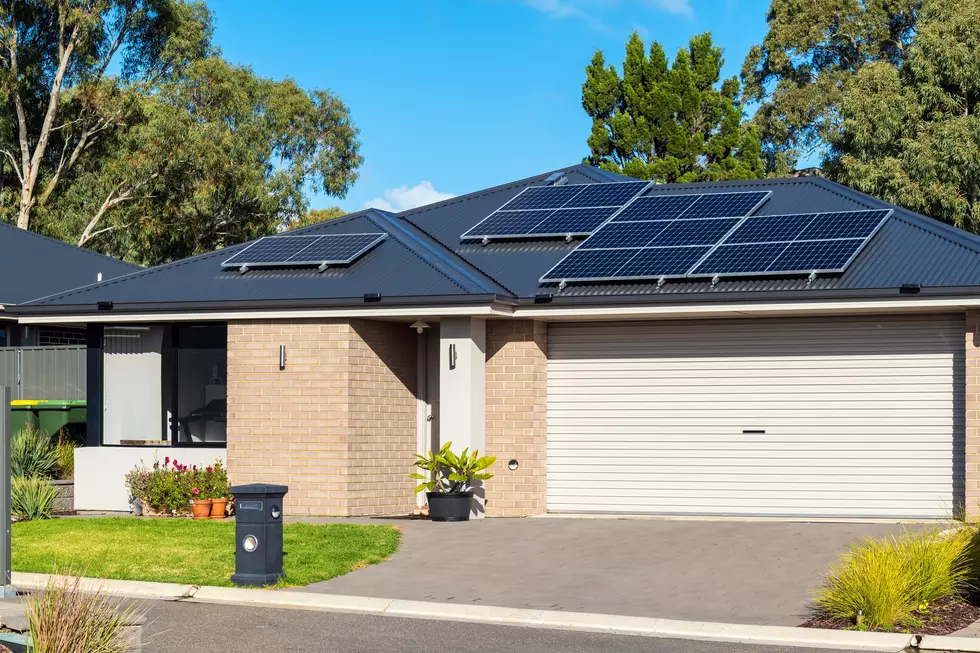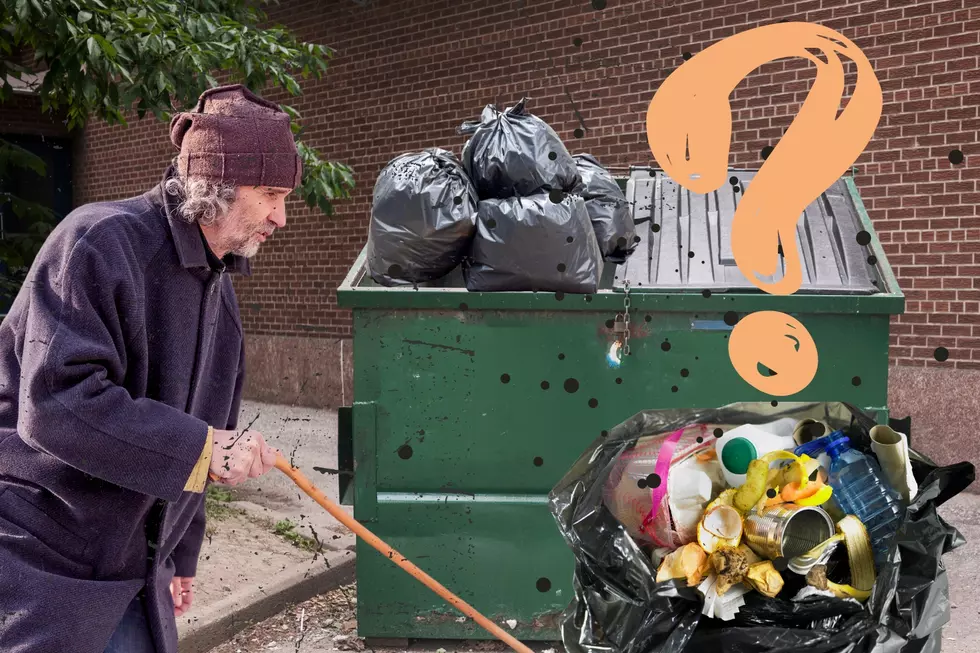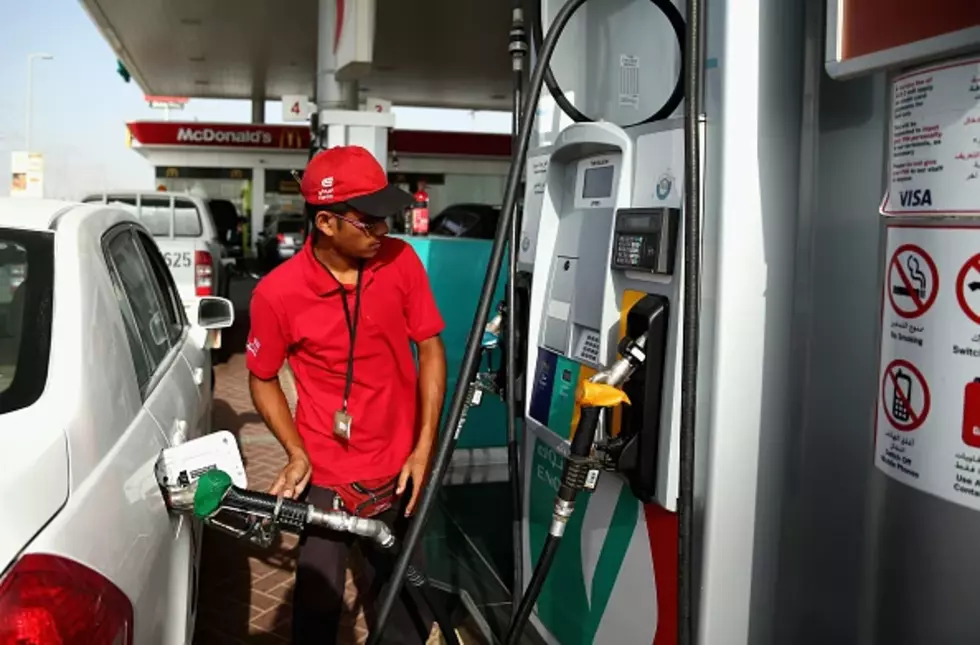
Newhouse Invites Oregon Governor to Tour Ice Harbor Dam
4th District Congressman Dan Newhouse has invited Oregon Governor Kate Brown to visit and tour Ice Harbor Dam in Washington’s 4th Congressional District to hear directly from scientists and fish biologists about the world-class fish passage technology being deployed at the dam. A news release says Newhouse wants to speak with the Oregon Governor after she sent a letter to Governor Jay Inslee saying she supports breaching dams on the lower Snake River.
"Dear Governor Brown,
In light of your recent letter to Governor Inslee calling for the breaching of the four lower Snake River dams in Washington state, I invite you to join me on a tour of one of these dams in Washington’s 4th Congressional District. I welcome you to see firsthand our world-class fish passage facilities and witness the ongoing, innovative measures that are improving the safety of our fish species while optimizing the generation of clean, renewable hydroelectric power. There are many assertions in your letter I disagree with, but I believe the best step we can take as elected officials of our respective constituencies – and as representatives of the greater Pacific Northwest region we both call home – would be to engage in a constructive dialogue. A key part of this dialogue must involve listening to the scientists, engineers, and fish biologists who make decisions based on science, not politics. So, it is with this in mind that I would welcome you to visit my district to engage in this exchange together while visiting a lower Snake River dam.
The science must be an important component of our discussion. Your letter states, “the science is clear that removing the earthen portions of the four lower Snake River dams is the most certain and robust solution” to the recovery of endangered fish species, but I have to question what science you are referencing. As the lead federal agency tasked with the recovery of both Chinook salmon and Southern Resident killer whales, the National Oceanic and Atmospheric Administration’s (NOAA) data quite directly refutes this claim. In fact, salmon in the lower Snake River have higher survival rates than what can be found in some undammed rivers, including in the Fraser River in Canada – which NOAA scientists list as one of the most important sources of Chinook salmon for orcas. The NOAA Fisheries Service states in its 2016 “Southern Resident Killer Whales and Snake River Dams” fact sheet:
Recovery of Southern Resident killer whales will require progress on many fronts, from effective management of boat traffic near the whales to improvements in their primary prey, salmon. Since they feed on many different salmon stocks at different times, though, no one salmon recovery action on a single river, such as breaching dams on the Snake, would itself bring about the recovery of Southern Resident killer whales. In addition, the relative size of the Snake River salmon stocks compared to others on the West Coast means that increases in their numbers, whether from breaching dams or otherwise, would result in only a marginal change in the total salmon available to the killer whales. However, long-term recovery of West Coast salmon and their habitat collectively, including in Puget Sound, will likely be an important contributor to recovery of the whales.
I have been asserting alongside several of my colleagues in Congress that we cannot allow the fixation with dam-breaching to be a deadly distraction for our endangered fish species. According to a 2017 NOAA report, breaching the dams on the lower Snake would likely damage water quality, increase river temperatures, and make juvenile and adult salmon even more vulnerable to avian predation. We must focus on the solutions that we know – based on science – will make strides in recovering salmon, including prioritizing funding for fish recovery programs in watersheds like Puget Sound where scientists say it will do the most good. The fact that breaching the dams was the vast focus of your letter, particularly in light of the comprehensive nature with which federal, regional, state, and local stakeholders are currently reviewing and collaborating upon the many components of our federal river power system, is one of the reasons I found your letter so disappointing.
As you know, the federal government is currently conducting a comprehensive environmental review of the Columbia River System Operations (CRSO) and is due to release its draft Environmental Impact Statement (EIS) by the end of this month. The fact that your letter was sent just prior to the release of this document – without seeing or evaluating the specific system alternatives that will be laid out, which includes the court-ordered review of dam-breaching as an option – again calls into question the timing of your decision to stake a position on such a significant matter. In response to your letter, the Public Power Council, an association of over 100 public, consumer-owned electric utilities in our region, stated: “It is particularly unfortunate timing that Oregon took a position for breaching federal multipurpose projects just ahead of the release of the draft CRSO EIS. … With the release of the draft EIS just days away, Oregon’s position may hinder the potential for collaboration among the diverse stakeholders in the region.” I hope we can work together to seek to rectify this potential hindrance by touring one of the dams in question alongside one another.
While I am certainly cognizant and fully appreciative of your demanding schedule as the chief executive of the state of Oregon, including the ongoing legislative session taking place in your state capital, I am hopeful we can take the opportunity to open a dialogue based upon the data, science, and facts on the ground. As it happens, I will be joining members of the Pacific Northwest Waterways Association (PNWA) – which includes many Oregonians – on the afternoon of March 18th for a tour of the Ice Harbor Lock and Dam. As your legislative session should be concluded by this date, it would be my pleasure to invite you to join me alongside these representatives of our region’s ports, businesses, public agencies, and supporters of Pacific Northwest economic development, navigation, trade, and energy sectors.
The U.S. Army Corps of Engineers (USACE) recently concluded fish survival testing on a newly installed, first-of-its-kind fixed-blade hydroelectric turbine at Ice Harbor. The intent behind the federal investments in this advanced-technology turbine was both to increase power efficiency – by a significant four percent – while also optimizing the safety of fish navigating through our dams. Fish biologists with USACE found a 98.25 percent survival rate of tagged juvenile Chinook salmon through the new turbine unit. In addition to this testing, scientists at Pacific Northwest National Laboratory (PNNL) developed “sensor fish” devices to collect pressure measurements and acceleration data. Their study indicated significant improvement in flow conditions through the passage route for this new, state-of-the-art turbine. A second turbine is now due to be installed by 2021, followed by a third in 2023. Fortunately, the federal commitment to ongoing improvements on our river power system does not stop there. Efforts spearheaded by USACE are currently underway for similar turbine designs to replace all 14 turbines at McNary Lock and Dam on the Columbia River, one of the many literal connection points between our two great states.
These innovative and collaborative measures implemented by PNNL researchers, federal scientists and engineers, and union workers at our federal dams represent exactly what we should all be seeking: the utilization of science to find solutions that aid fish species while also strengthening our reliable power system – something you noted in your letter must be a continued priority. It is important to point out that the clean energy supply the Pacific Northwest values and so greatly relies upon is at serious risk. Removing key components of the federal system’s infrastructure backbone will exacerbate the ongoing challenges facing our delicate energy balance portfolio and could lead to transmission instability – including brownouts and blackouts – as well as the need for future reliance upon dirtier forms of energy.
It is my hope that this firsthand opportunity for us both to hear the science and facts behind effective salmon recovery and efficient clean energy production will yield mutual understanding of our dam operations on the lower Snake River. While I, and clearly many others, have sincere concerns that your new position on behalf of the state of Oregon could put the hope for continued regional collaboration at risk, I believe it is important to do all we can to ensure the possibility for further dialogue remains open. I would be honored to welcome you to Central Washington and hope you will accept my invitation.
I look forward to hearing from you and greatly appreciate your consideration. Please do not hesitate to reach out to my office with any questions and to confirm your participation on this tour set for the afternoon of March 18th."
More From News Talk KIT









